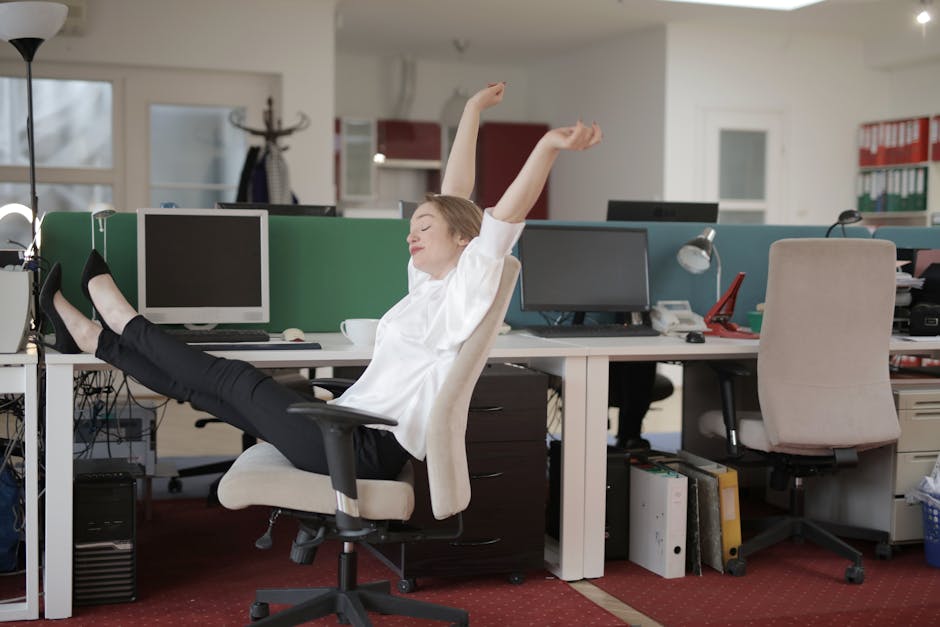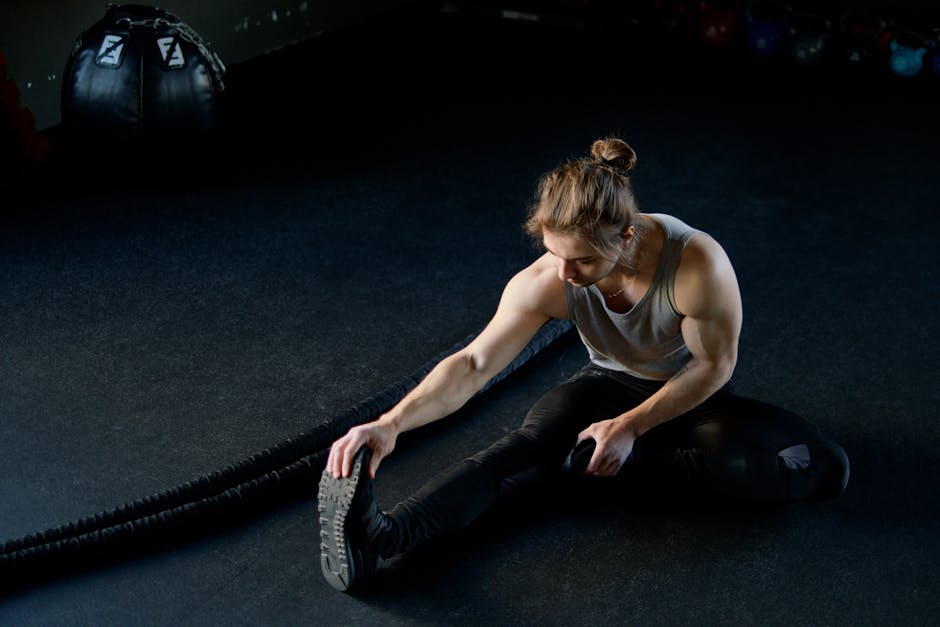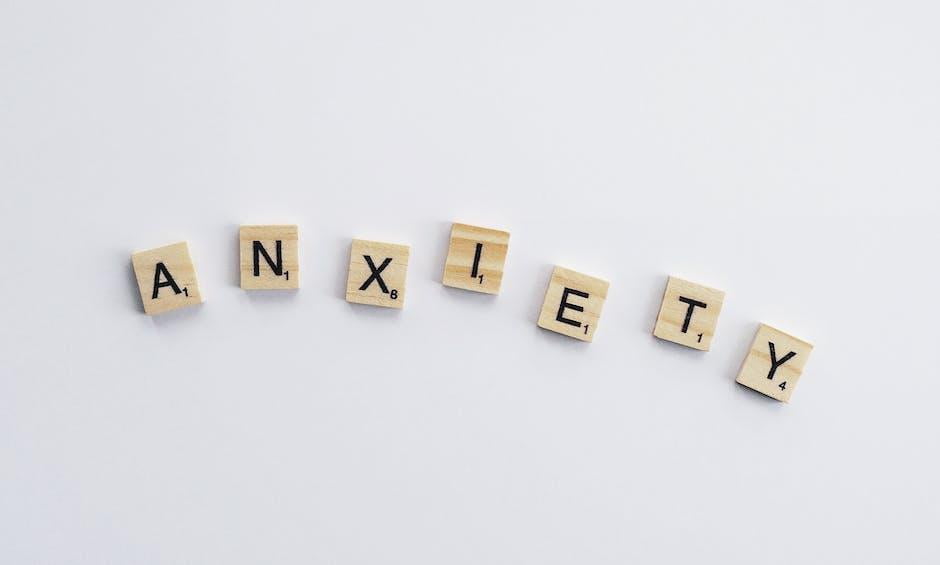In today’s digital age, prolonged sitting has become a norm. However, it’s crucial to understand the importance of taking breaks and stretching during these long periods. This practice not only boosts your physical health but also enhances your mental well-being and productivity.
Key Takeaways
- Prolonged sitting can lead to various health risks, including vascular problems, musculoskeletal disorders, cardiovascular health concerns, metabolic effects, and cancer risks.
- Ergonomics plays a vital role in setting up a healthy workstation to prevent health issues related to prolonged sitting.
- Taking breaks and stretching regularly can improve circulation, reduce muscle tension, enhance focus, and prevent burnout.
- Incorporating practical break and stretching strategies can help mitigate the adverse effects of prolonged sitting.
- Engaging in short, purposeful break activities and long-term lifestyle adjustments can contribute to a healthier and more balanced life.
The Health Risks of Prolonged Sitting
Vascular Problems
Increased risk of deep vein thrombosis
Sitting for extended periods can increase the risk of deep vein thrombosis (DVT), a condition where blood clots form in the deep veins of your body, usually in your legs. This can lead to serious complications if the clot travels to your lungs (source).
Poor circulation leading to swelling and varicose veins
Long hours of sitting can also lead to poor circulation, causing swelling in your legs and feet and the development of varicose veins.
Musculoskeletal Disorders
Lower back pain and spine issues
Sitting for long periods can cause lower back pain and other spine issues due to the pressure exerted on your back muscles and spinal discs.
Risk of developing chronic conditions
Prolonged sitting can increase the risk of developing chronic musculoskeletal conditions, such as osteoarthritis and rheumatoid arthritis.
Cardiovascular Health Concerns
Elevated risk of heart disease
Sedentary behavior can lead to an elevated risk of heart disease due to the lack of physical activity, which is essential for a healthy heart (source).
Impact on blood pressure and cholesterol levels
Prolonged sitting can also negatively impact your blood pressure and cholesterol levels, contributing to cardiovascular health concerns.
Metabolic Effects
Weight gain and obesity
Sedentary behavior can lead to weight gain and obesity due to the low energy expenditure.
Disruption of blood sugar regulation
Long periods of sitting can disrupt your body’s ability to regulate blood sugar, leading to an increased risk of type 2 diabetes.
Cancer Risks
Associations with certain types of cancer
Some studies suggest that prolonged sitting may be associated with an increased risk of certain types of cancer, such as colon and breast cancer.

The Importance of Ergonomics in Sedentary Work
Setting Up a Healthy Workstation
Correct chair and desk height
The height of your chair and desk should allow you to sit comfortably with your feet flat on the floor and your arms at a 90-degree angle when typing.
Proper monitor placement
Your monitor should be at eye level to prevent neck strain and should be about an arm’s length away to prevent eye strain.
Preventing Repetitive Strain Injury (RSI)
Importance of keyboard and mouse positioning
Your keyboard and mouse should be placed in a way that your arms are relaxed and your wrists are not bent while typing or using the mouse.
Regular movement to prevent RSI
Regular movement and stretching can help prevent repetitive strain injuries, which are common in jobs that require prolonged sitting and repetitive motions (source).
Protecting Neck and Back
Alignment and posture recommendations
Maintaining a neutral body position with a straight back and aligned neck can help protect your neck and back from strain.
Use of ergonomic accessories
Ergonomic accessories, such as adjustable chairs, footrests, and keyboard trays, can help maintain proper posture and reduce strain.
Mitigating Computer-Related Eye Strain
The 20-20-20 rule
Every 20 minutes, look at something 20 feet away for 20 seconds to reduce eye strain.
Importance of proper lighting
Proper lighting can help prevent eye strain. Avoid glare on your screen and use a desk lamp for additional light if needed.

Benefits of Taking Breaks and Stretching
Physical Health Benefits
Improved circulation
Taking breaks and stretching can help improve circulation, reducing the risk of vascular problems associated with prolonged sitting.
Reduction in muscle tension and pain
Regular stretching can help reduce muscle tension and pain, particularly in the neck, back, and shoulders.
Mental Health Improvements
Enhanced focus and concentration
Taking short breaks can help refresh your mind, enhancing focus and concentration (source).
Stress reduction and mental rejuvenation
Breaks and stretching can also help reduce stress and rejuvenate your mind, contributing to better mental health.
Productivity and Performance
Boost in energy levels
Regular breaks can help boost your energy levels, preventing fatigue and burnout.
Prevention of burnout
Taking regular breaks can help prevent burnout, a state of chronic physical and emotional exhaustion often associated with prolonged stress.

Practical Break and Stretching Strategies
Desk Stretching Exercises
Upper body and arm stretches
Simple stretches, like shoulder rolls and arm stretches, can help relieve tension in your upper body.
Leg and lower back stretches
Leg lifts and lower back stretches can help alleviate discomfort in your lower body.
Timing and Frequency of Breaks
The Pomodoro Technique
The Pomodoro Technique involves working for 25 minutes, then taking a five-minute break. This can help maintain high productivity while ensuring you get regular breaks.
Regularly scheduled breaks throughout the day
In addition to the Pomodoro Technique, taking regularly scheduled breaks throughout the day can help prevent the health risks associated with prolonged sitting.
Incorporating Movement into Your Routine
Walking meetings
Instead of sitting meetings, consider walking meetings. This can help incorporate more movement into your day.
Stand-up desks and active sitting options
Stand-up desks and active sitting options, like exercise balls, can help promote movement and reduce the time spent sitting.

Ideas for Effective and Energizing Breaks
Short, Purposeful Break Activities
Breathing exercises
Short, purposeful break activities like breathing exercises can help refresh your mind and body.
Quick walks or stair climbing
Quick walks or stair climbing can help get your blood flowing and reduce the negative effects of prolonged sitting.
Five-Minute Stress Busters
Meditation and mindfulness practices
Five-minute stress busters like meditation and mindfulness practices can help reduce stress and improve mental health.
Engaging in a creative hobby
Engaging in a creative hobby, like drawing or playing a musical instrument, can help rejuvenate your mind and boost creativity.
Long-Term Lifestyle Adjustments
Regular exercise routine
Incorporating a regular exercise routine into your lifestyle can help counteract the negative effects of prolonged sitting and improve overall health.
Healthy work-life balance practices
Maintaining a healthy work-life balance can help prevent burnout and contribute to a healthier and more balanced life.

In conclusion, taking breaks and stretching during long periods of sitting is not just a good practice, but a necessity for maintaining good health and productivity. By incorporating these strategies into your routine, you can mitigate the health risks associated with prolonged sitting and lead a healthier, more balanced life.
#Stretch And Strengthen #Travel Fatigue #Stressed Out #Yoga For Strength #Relaxing Chest
Frequently Asked Questions About Taking Breaks and Stretching
Why is it important to take breaks during long periods of sitting?
Taking breaks during prolonged sitting is crucial because it helps to reduce the risk of developing musculoskeletal disorders, improves circulation, and can boost productivity and concentration. Periodic breaks allow your muscles to relax, preventing stiffness and discomfort that can arise from staying in one position for too long.
How often should I take breaks from sitting?
It is generally recommended to take a short break every 30 to 60 minutes. These breaks don’t need to be long; even a few minutes can be beneficial. The idea is to stand up, stretch, and move around to activate different muscle groups and promote blood flow.
What are some simple stretches I can do at my desk?
Simple stretches include neck rolls, shoulder shrugs, wrist stretches, and leg extensions. You can also do seated twists and back stretches to relieve tension in your spine. These movements can be done easily at your desk and do not require special equipment.
Can taking breaks really improve my productivity?
Yes, taking breaks can significantly improve productivity. Breaks help to refresh the mind, reduce mental fatigue, and maintain consistent performance throughout the day. They provide an opportunity for the brain to rest and can lead to more creative and effective problem-solving when you return to work.
What are the risks of not taking breaks when sitting for long periods?
Not taking breaks can lead to a variety of health issues, including obesity, heart disease, and diabetes. It can also contribute to poor posture, back pain, and an increased risk of deep vein thrombosis. Moreover, it can negatively affect mental health, leading to increased stress and burnout.
Is it beneficial to use a standing desk?
Standing desks can be beneficial as they encourage movement and allow you to alternate between sitting and standing. This variation in posture can reduce the strain on your body and may help to alleviate back pain and improve posture. However, it’s still important to take regular breaks to move and stretch, even with a standing desk.
What are some activities I can do during my breaks to maximize their effectiveness?
During your breaks, try to engage in activities that involve movement, such as walking, light stretching, or even simple exercises like squats or lunges. These activities help to activate different muscle groups, promote circulation, and can also help to clear your mind.
Can taking breaks help with eye strain?
Yes, taking breaks is beneficial for reducing eye strain, especially if you spend a lot of time looking at screens. The 20-20-20 rule suggests that every 20 minutes, you should look at something 20 feet away for at least 20 seconds to give your eyes a rest and prevent fatigue.
How can I remember to take breaks regularly?
Setting reminders on your phone or computer can help you remember to take breaks. There are also various apps and software tools designed to remind you to stand up and stretch at regular intervals. Some even provide guided stretches or quick exercises you can do during your break.
Are there any specific exercises recommended for people with sedentary jobs?
For those with sedentary jobs, exercises that focus on reversing the typical sitting posture are recommended. This includes chest openers, hip flexor stretches, and exercises that strengthen the core and back muscles. Additionally, incorporating aerobic activities like walking or cycling during breaks or outside of work hours can help counteract the effects of prolonged sitting.



